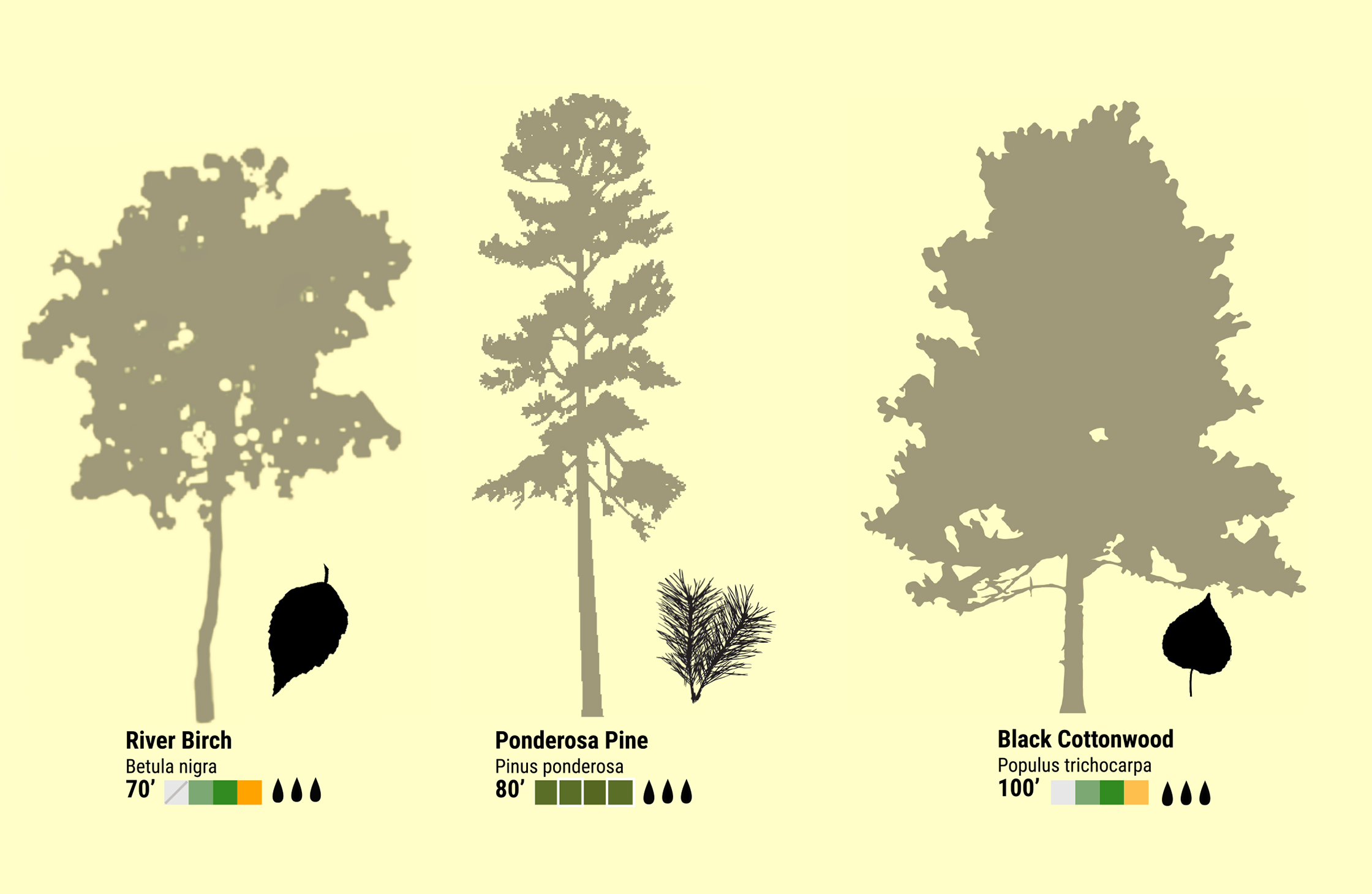“There are no native trees growing here,” is what most people will tell you. Even though our shrub and grass landscape does not have large trees, there are quite a few species thriving in higher elevations, canyons, and riparian areas near the river. That’s the reason for this guide — so that you can see all of our native trees. It includes height, seasonal coloring, and watering needs.
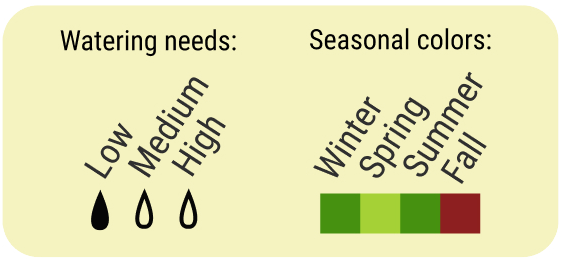
Gardeners have long looked outside their native habitat for trees that have certain traits that fit their needs (mostly aesthetic but something like ‘fast growing’ can be a very attractive trait, as well). In the Tri-Cities, you see the result of poor tree choices: dead trees, half dead trees, or trees with leaves half burned. New traits like ‘heat resistant’ and ‘drought tolerant’ are growing in popularity and new ‘Nativars’ (cultivars derived from native parents) with these traits are being introduced. According to Ann Autrey from Tapteal Native Plants, some of these characteristics might make these trees withstand our brutal climate; however, she reminded me that non-natives introduced in the past — like the Russian Olive Tree and the Tree of Heaven — are now giving us a lot of headaches.
The ‘Nativars’, even though being close to the straight native version, may not provide the same level of food and nutrition to insects and other wildlife species, according to entomologist Dr. Doug Tallamy.
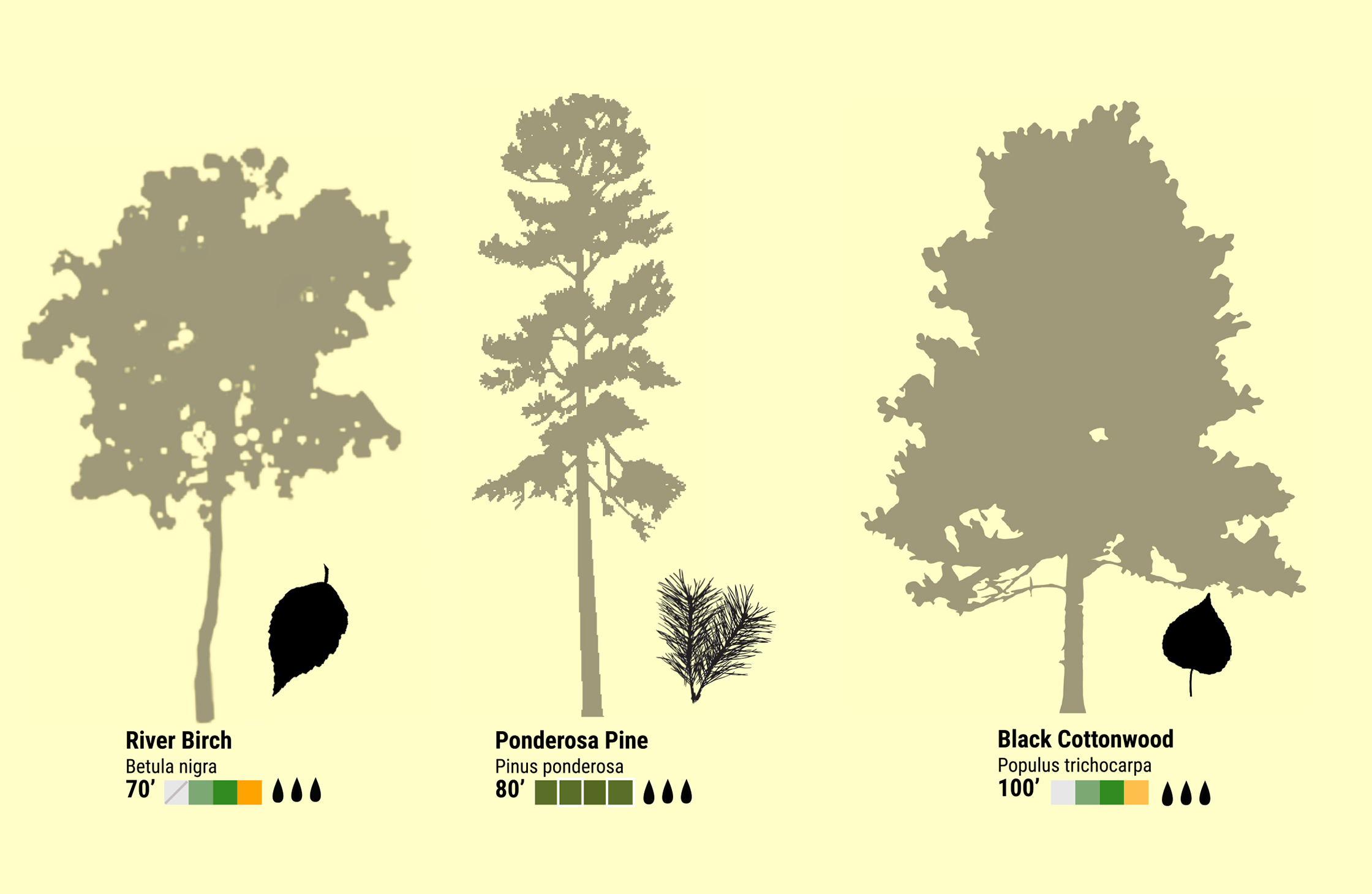
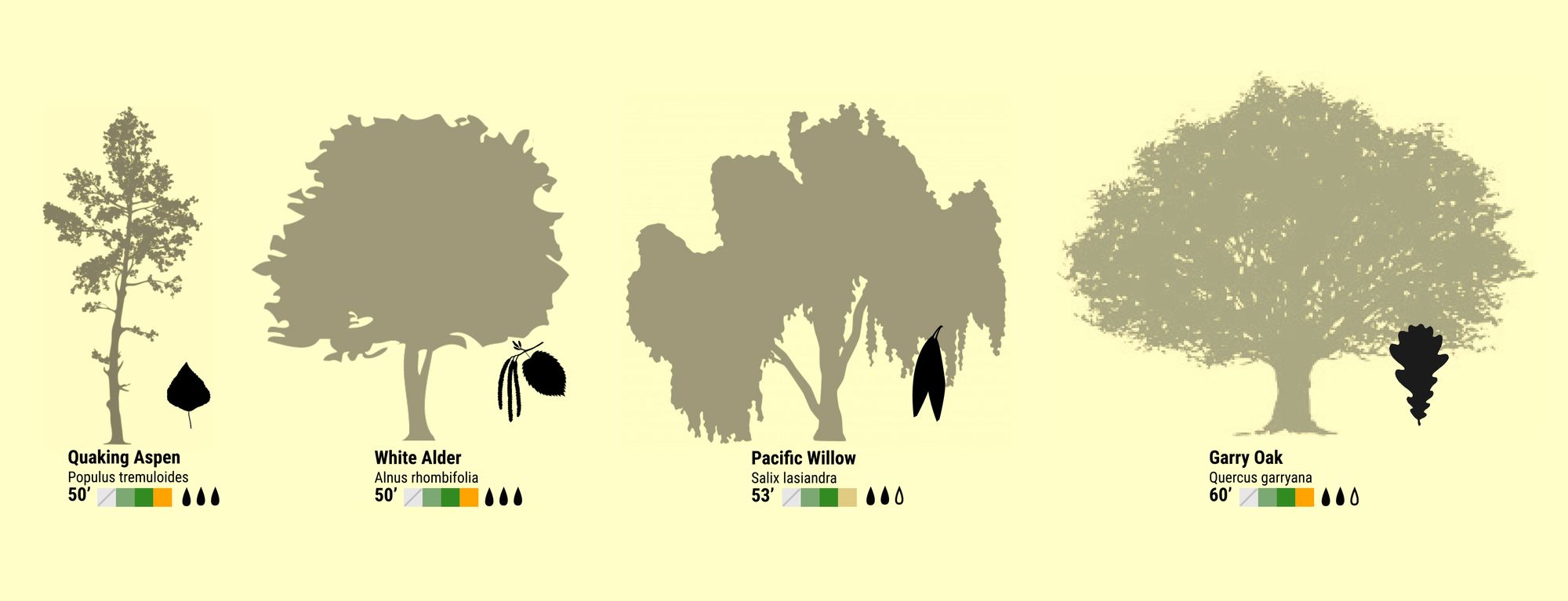
Berries… lots of berries!
The serviceberry, chokecherry, and blue elderberry trees provide tons of berries you can eat, preserve as jams and syrups, or use as pie filling.
For Indigenous people, chokecherries, elderberries, and serviceberries have been historically very important. They were used for medicinal and food purposes, or as dye color for baskets, pipes, game pieces, and musical instruments.
Some of the trees listed here you can see in Hansen Park (off South Columbia Center Boulevard in Kennewick) or at the Master Gardeners Demonstration Garden (next to the Mid-Columbia Library on Union Street in Kennewick).
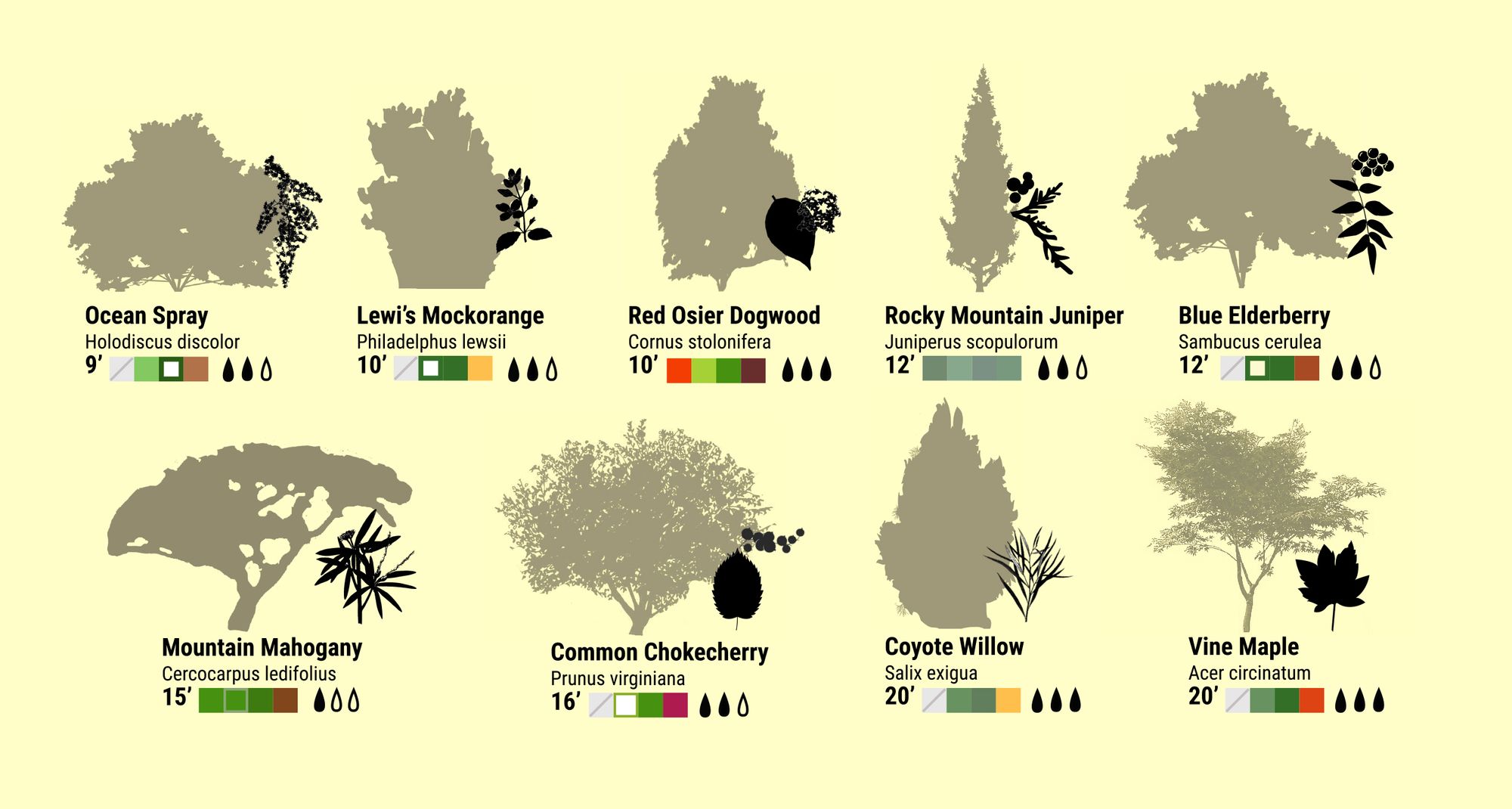
When to plant and where to buy
Fall is the best time to plant trees. The rain during winter and spring helps roots to develop before the heat and drought in the summer.
All native trees listed are available at Tapteal Native Plants in West Richland. You can also order online: taptealnativeplants.com).
Some of the trees, like quaking aspen, ponderosa pine, black hawthorn, and red osier dogwood are available at Job’s Nursery in Pasco. The Native Plant Society will have a sale the 2nd week of October, partnering with Wildlands Nursery: cbwnps.org.
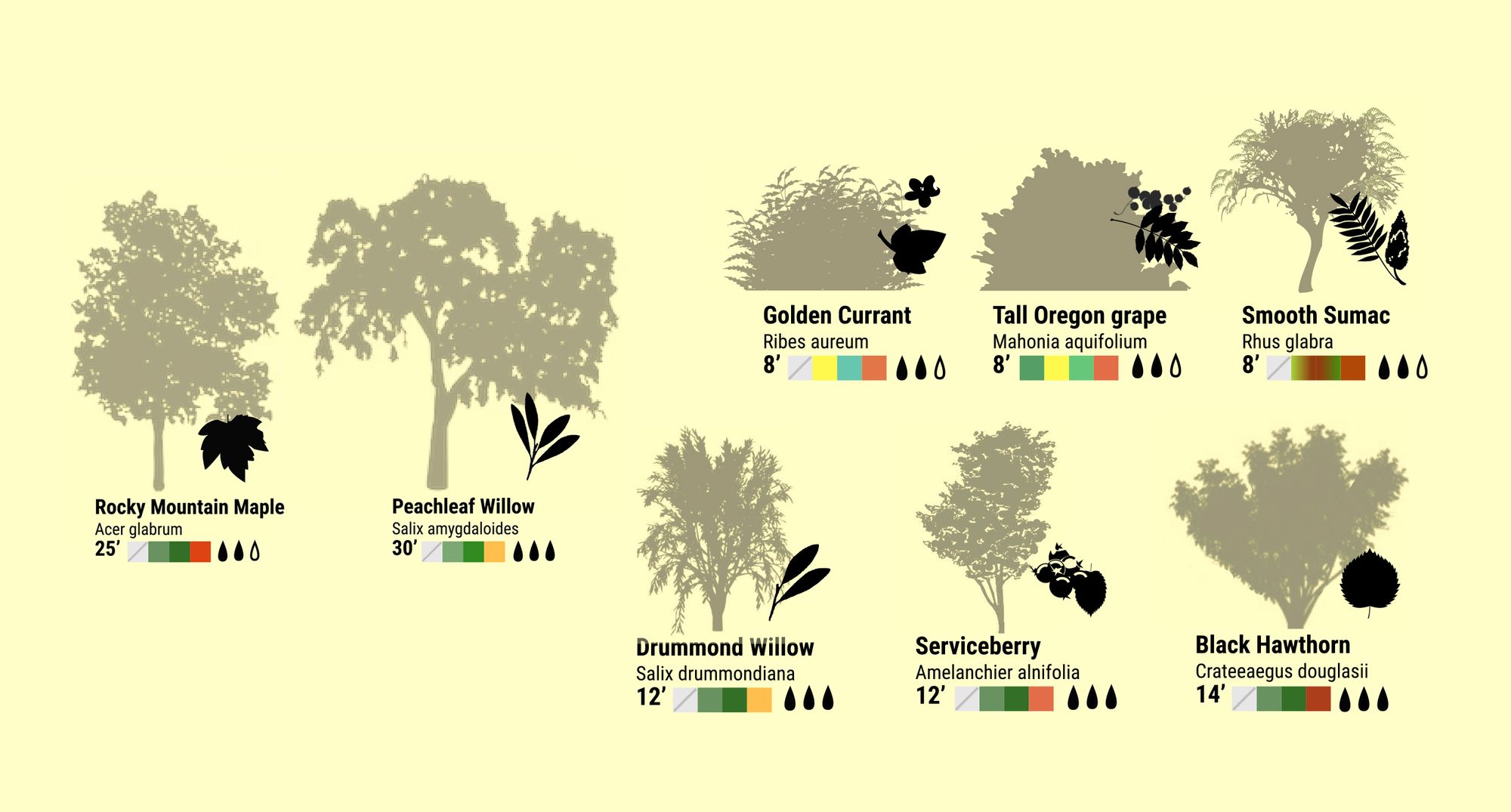
Images from vecteezy.com and grownative.org
